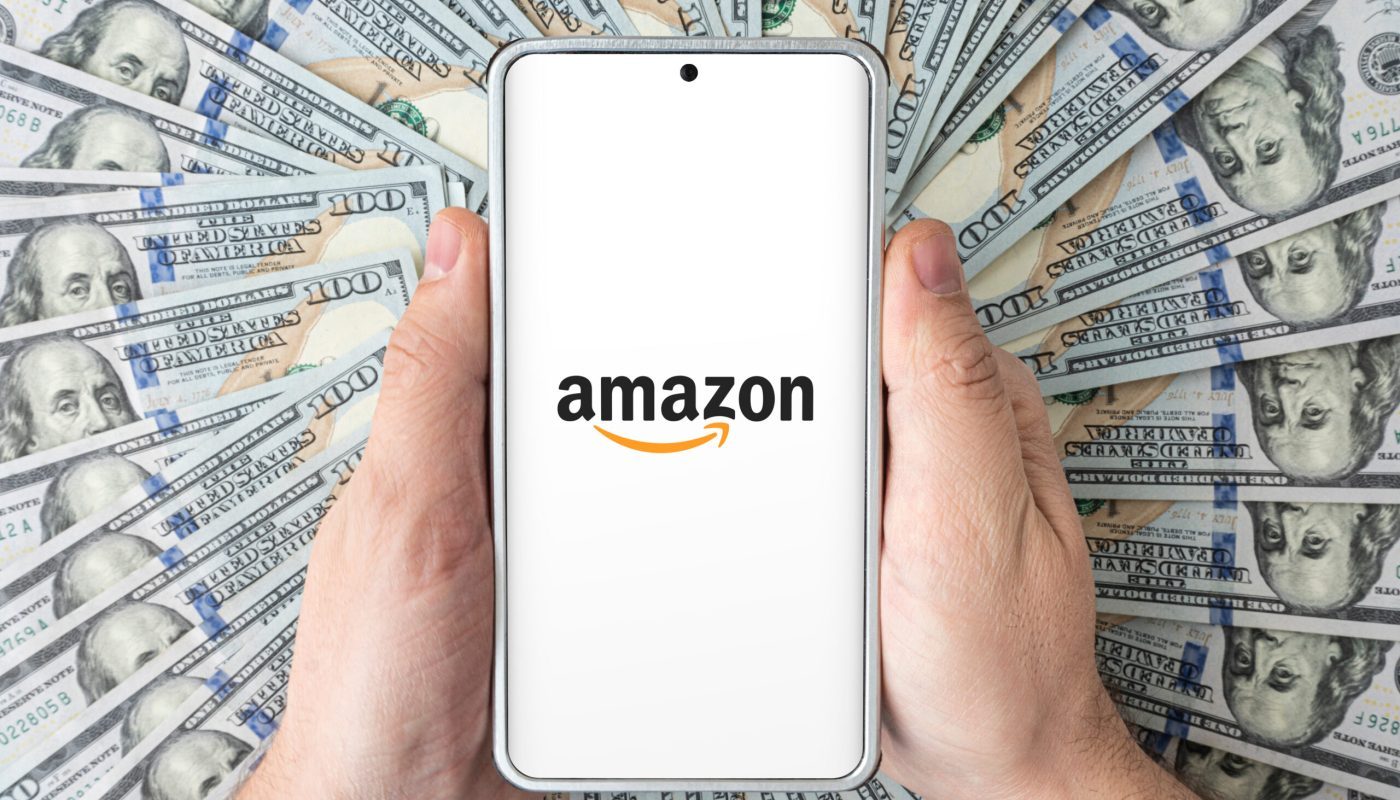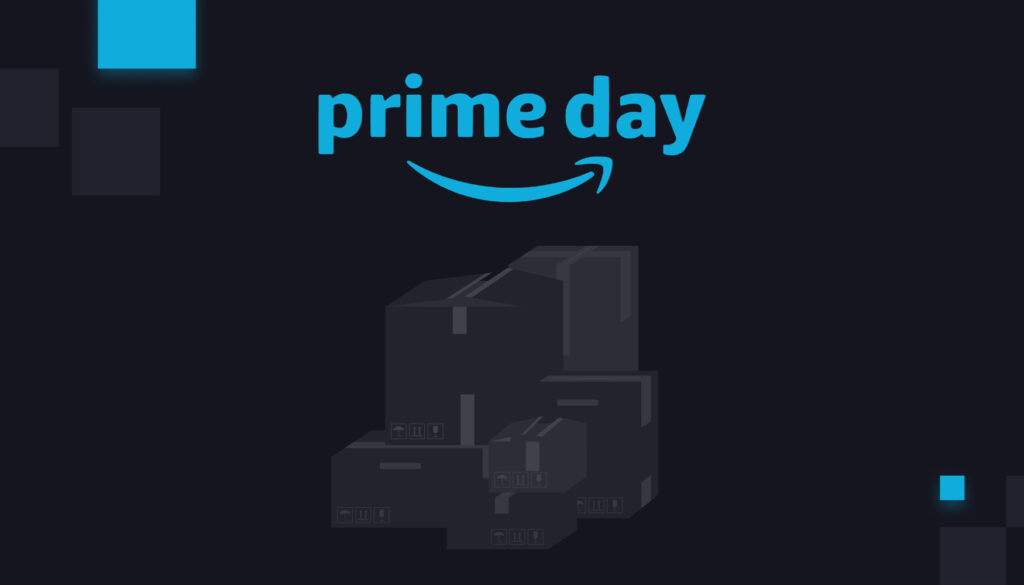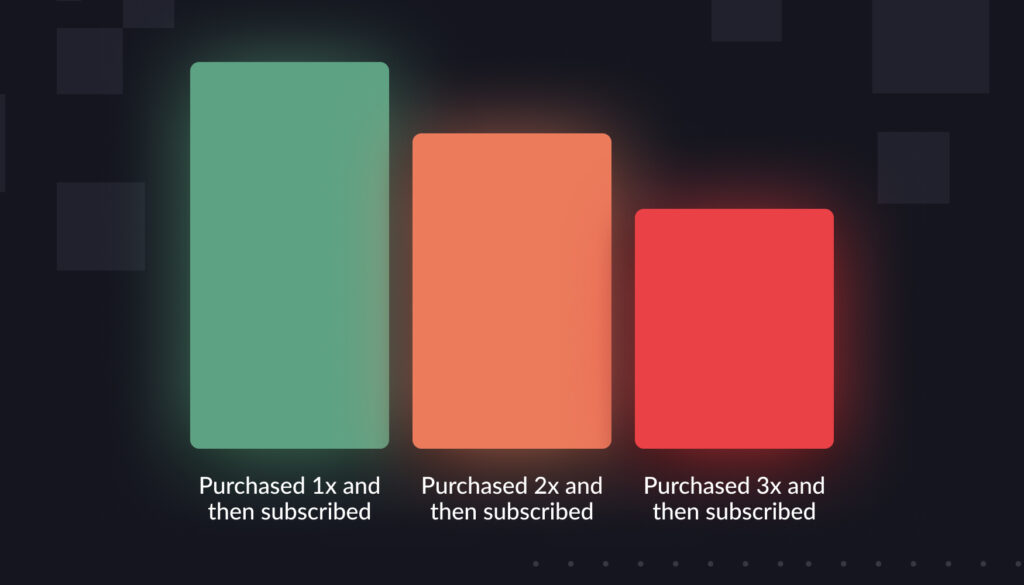What are all of the Amazon seller fees? When you sell on Amazon, it can be difficult to keep track of all of the overlapping charges you are paying for.
Depending on your category and on the choices you make around shipping and fulfillment, you might be forking over a very different percentage of your earnings to Amazon. But having a clear understanding of the fees you pay and how they impact each of your products is essential to the success of your business.
Big picture, the cut of your earnings that Amazon takes has continued to go up in recent years. Amazon took slightly over 50% of seller revenue in 2022, for instance, compared to only about 35% in 2016. You need to keep close track of your seller fees to ensure that running your business on Amazon is worth it.
Amazon’s seller fees are an essential part of profitability calculations. Because fees can shift from product to product, you need to get a handle on your profitability per product. Most sellers struggle to get a real-time view of their profitability per ASIN, but they have the data at their fingertips. You just need to know how to use it.
How much are your products earning after you take out Amazon’s cut and the manufacturing costs? You first need to understand the fees Amazon is charging you.
Here are all of the fees that Seller Central users should watch for.
Amazon referral fees
The first big bucket of charges you’ll see on your Amazon statements are called referral fees. Referral fees are essentially Amazon’s cut of commissions from your product. They range significantly depending on the category of each of your products, with most referral fees hovering around 15% of your sales price. You can see the full schedule of fees here.
For what it’s worth, some brands have recently seen drops in their referral fees. In recent months, Amazon cut down its referral fees for low-cost apparel vendors, for instance. Fees are now just 5% for brands that sell apparel under $15.
Amazon seller fees
Sellers also have to pay Amazon just for the ability to sell on its platform. When you sell on Amazon, you choose between two account types: an individual account and a professional account.
If you opt for an individual seller account, you’ll pay $.99 on every sale you make, regardless of the cost.
The per-item charge is why most brands opt for a professional seller subscription fee. When you choose a professional seller account, you pay a blanket $39.99 per month.
That subscription fee applies regardless of how many items you sell per month. So if you sell more than 40 products per month, you should probably opt for the professional account.
Amazon fulfillment fees
Amazon has two shipping and fulfillment options for brands:
- Fulfillment by Amazon (FBA) allows sellers to let Amazon handle the shipping and fulfillment of their products.
- Fulfillment by Merchant (FBM) is when the seller maintains control of the shipping and fulfillment process.
There’s also Supply Chain by Amazon, which we discuss here.
If you select Fulfillment by Merchant, you won’t directly have to pay Amazon any fees. Instead, you’ll be shouldering the costs of shipping and fulfillment yourself. Of course, because you’re still paying other Amazon fees, FBM can end up being more expensive in the end. Amazon also offers very affordable rates compared to traditional competitors.
If you choose FBA, you get the benefit of Amazon’s lightning-fast shipping network and the coveted Prime shipping badge. But of course, the trade off is a lot of fees.
FBA sellers pay:
Shipping fees. FBA brands pay a fee on every product that they ship through Amazon. Those fees vary based on the product category, as well as the package size and weight. These fees can range anywhere from $2.47 to $158+ per product.
Fulfillment fees. In addition, sellers pay to store products in an Amazon warehouse. These costs vary depending on your product category, size, and weight. Amazon also has FBA Pick and Pack fees, which are charged every time Amazon picks and ships an item from a warehouse.
Long-term fees. There are also additional fees for products that have sat in warehouses for a long time. Amazon expects items stored in FBA warehouses to sell quickly, and the penalties for allowing stagnant inventory to stay at Amazon are high. Amazon’s aged inventory surcharges impact products that have sat in warehouses for 181+ days or 271+ days. (Exactly when the charge kicks in depends on the product category.)
Holiday fees. During the holidays, these fees can go up even higher. To handle the high demand for products in Q4, Amazon sometimes introduces Holiday Peak Fulfillment fees. These fees just further add to the cost of shipping through Amazon.
Inbound placement service fee. Most recently, Amazon tacked on another fee for FBA sellers. Amazon allows sellers to ship all of their products to a single Amazon warehouse, and then have Amazon disseminate those products across the warehouse ecosystem accordingly. Sellers now have to pay for the privilege: The new inbound placement service fee encompasses both standard-size (at $.27 per unit) and large bulky-sized products (at $1.58 per unit). See a full breakdown of the fees here.
Amazon refund fees
When Amazon grants a shopper’s return request, you as the seller have to cover the cost of processing the return.
That refund administration fee is either $5 per return or 20% of the sale price—Amazon chooses whichever is less. So, in essence, if you sell a product over $25, you’ll be paying $5 for every customer return.
In addition, sellers that have a high return rate also have to watch out for returns processing fees. Amazon is adding fees for returns processing, if your product has an elevated return rate for your category. The one exception is that these fees don’t apply if you sell apparel products. These fees are usually only a few dollars per product, but it varies by product. (Want to avoid this fee? Learn more about managing returns here.)
Other Amazon fees to watch for
While the fees listed above are the biggest buckets of charge you’ll encounter, Amazon has all sorts of other fees. Many are often specific to certain product types or categories. If you sell rental textbooks, for instance, you have to pay a rental book service fee—a flat $5 per rental.
There’s also a high volume listing fee for sellers that have more than 100k ASINs. These fees are meant to cut down on sellers that flood Amazon with products.
In addition, every seller should also watch out for low inventory fees. If your product has consistently low stock, you’ll be hit with a variety of fees, which vary based on the size of the product. The solution is to ensure you always have 4 weeks of supply ready at Amazon’s warehouses.
How do I calculate my profitability after these Amazon fees?
All of these charges can be hard to track. But you need to have a handle on the charges you owe Amazon. Knowing how much money you have left after you factor in manufacturing costs plus Amazon’s fees, for instance, is the only way to set your ad budgets without giving all your profit away.
A very profitable product is always going to be worth more ad spend than a less profitable one. For what it’s worth, Intentwise makes these calculations easy.
We have built profitability per ASIN visualizations for brands like BACtrack. With Intentwise, every time you log into your account, you can see exactly how much money you are pocketing after Amazon’s fees are factored in.








